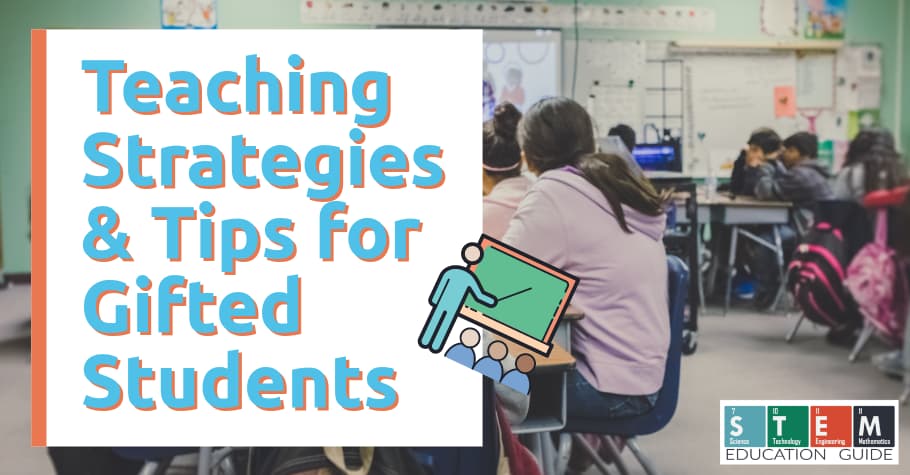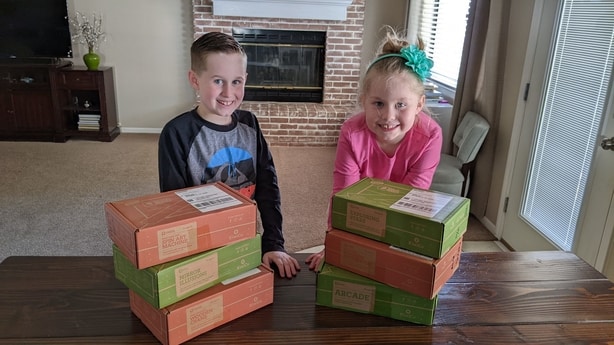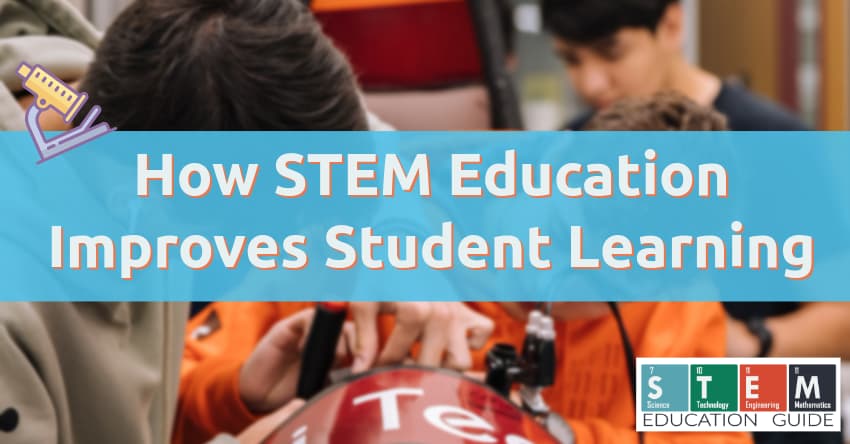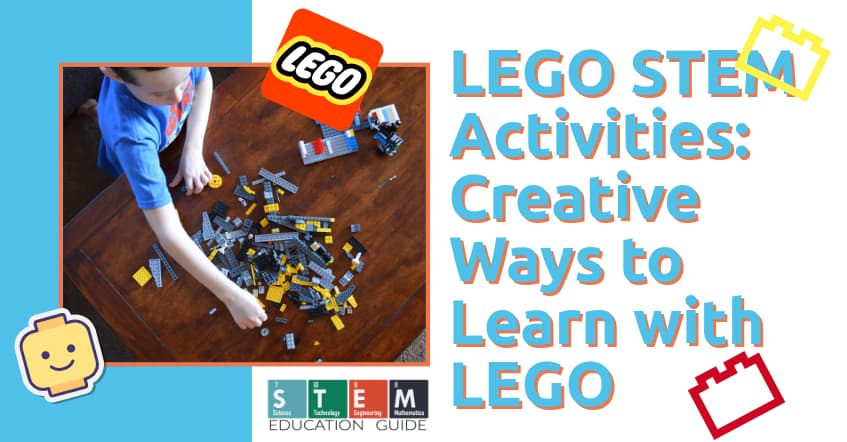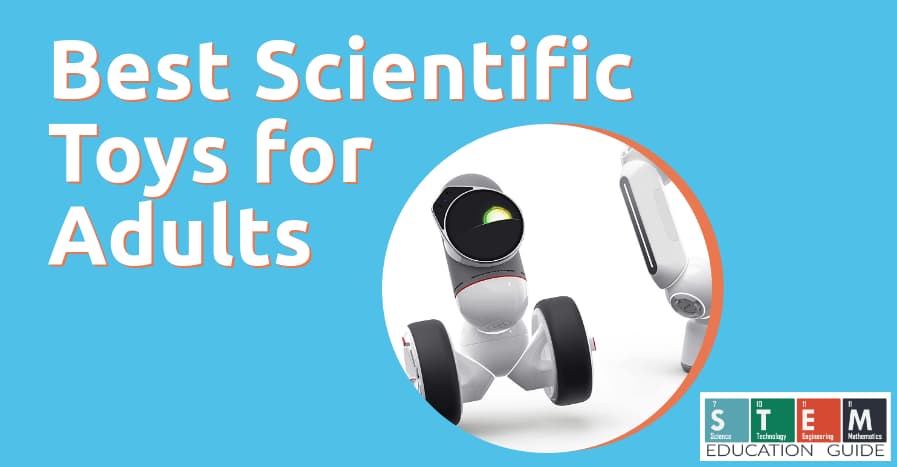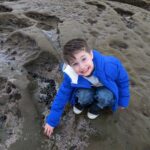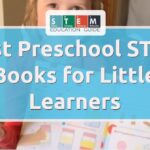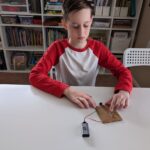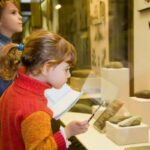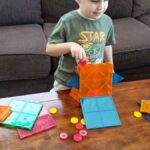There is a common misconception that gifted students have it easy in school, but this is not always the case.
School environments often challenge gifted learners and require informed, targeted support from teachers to thrive.
Consider the story of Adhara Pérez Sánchez, the girl with a higher IQ than Einstein who struggled terribly in school before being identified as gifted. Once everyone understood her unique abilities, she went from failing to finishing elementary school at age 5.
Understanding what it means to be gifted and the unique challenges accompanying advanced cognitive and academic abilities can help parents and educators better support learners of all ages.
Table of Contents
Gifted Students
The Davidson Institute defines gifted children as “those who demonstrate an advanced ability or potential in one or more specific areas compared to others of the same age, experience, or environment.”
Each unique group and context further establishes the parameters of giftedness so that countries, states, and school districts all hold disparate definitions and measurements for gifted students.
Definition of Giftedness
While giftedness is generally determined by relative academic performance within a group, some schools or districts might require specific aptitude test scores to classify for enhanced support or gifted programming (such as the WISC-V or CogAT).
These assessments can act as barriers for students from diverse populations, students who demonstrate asynchronicity (i.e., giftedness in some areas and lagging or average abilities in others), or gifted students who also struggle with learning disabilities (known as “Twice-Exceptional” or 2E).
In their Toolkit for Identifying Twice-Exceptional Students, William F. Morrison and Mary G. Rizza recommend allowing for various assessment strategies and data collection to identify and place gifted children in a school setting.
Gifted students have diverse needs and abilities just as other students do, and many twice-exceptional students will need Individual Education Plans (IEPs) or 504 plans.
Students with these types of education plans often receive special accommodations during standardized testing and other assessments, and these same adjustments should also be considered for gifted placement testing.
Flexible assessment with broad data gathering works best.
STEM subscription boxes deliver new stimulating activities and experiments to your kids every month. Check out our list to find the Best Subscriptions for Kids.
Differentiated Instruction
Differentiation takes many forms. One of the most fundamental ways to accommodate a broad diversity of learners is through Universal Design for Learning (UDL).
Put simply, the principles of UDL encourage educators and curriculum designers to incorporate multiple means of engagement, representation, action, and expression in every lesson. In doing so, educators create equitable opportunities for learners with a wide range of needs, interests, backgrounds, and entry points.
On the topic of differentiation, personalized learning is a term that has quickly gained attention in the wake of Covid, but it may not be what you think. Personalized learning does not mean individually tailored lessons or learning plans but instead learning that equitably targets each student’s strengths and areas for growth.
As with UDL, this just means finding the best strategies, methods of instruction, and practice opportunities for everyone in the room.
Technology is quickly becoming an indispensable tool in constructing personalized learning experiences and environments. As such, the International Society for Technology in Education (ISTE) offers tips for tech use and personalization. ISTE provides training and certification for educators and hosts events, and shares books, journals, and podcasts. Anyone can access their online materials, read, and listen in to learn more.
Another widely considered option when differentiating instruction for gifted learners is skipping grades, which can be effective but might not accommodate asynchronous development and can be emotionally challenging.
A more nuanced approach to differentiating for cognitively advanced students without grade skipping might be to schedule specific blocks of time when students can join older peers.
For example, a fifth-grade student might join a sixth-grade reading group but remain in grade five for the rest of the day. This allows for a broader range of social experiences in addition to meeting academic needs.
Task Modifications For Gifted Students
Task modification is a typical differentiation practice that special education teachers excel in. It can include changes to pacing, workload, or students’ mode of engagement with a task. Autism Classroom offers simple tips for task modifications that target diverse learners (work-break routines are one option that was somewhat successful for my child in third grade).
You may not think of special education teachers and gifted students working together, but it’s actually a great fit.
Again, it’s essential to keep asynchronicity in mind when modifying tasks for gifted learners. While they may be highly advanced in one area, they will have lagging skills just like anyone else.
Differentiating for their benefit might mean increasing rigor or cognitive demand in one area while incorporating appropriate, targeted practice on a lagging skill.
Learners who are exceptionally strong in a particular subject (such as math) can benefit from embedding tasks that target areas for growth into those content lessons (for example, having language learners or math whizzes with lagging writing abilities keep a math journal).
This will make the work more challenging while allowing them to develop in meaningful ways.
If your gifted learners work with a special education or gifted education teacher, find time to co-plan with that person. They are experts at all kinds of differentiation and can share the work of providing targeted modified tasks and inclusive instructional strategies.
If you homeschool your gifted learner, you may still have access to special education or gifted education resources and programming in your home district. Reach out to your superintendent or special education coordinator to learn more.
We all know STEM education is important. To find out more, take a look at our article, How STEM Education Improves Student Learning.
Creative Thinking Skills
Many gifted learners excel in divergent and lateral thinking.
These are great strengths that teachers can draw from as part of their overall support. When differentiating or modifying tasks, offering choice not only allows students to select their preferred strengths and interests, it may give them a chance to share unique insights and ideas. Teachers can enable gifted (and other) learners to create their own method for product delivery on an assignment, as long as it demonstrates the appropriate skills and standards.
Christie Carter, Gifted Intervention Specialist, said in an interview:
“After a recent unit on Greek Mythology with a group of 4th-grade students, I have a pair of students making a very creative Greek Mythology board game. Another pair is making a puppet show about one of the myths we read in class. These open-ended activities showcase what they have already learned and continue to learn while they are engaged in these activities.”
Her work showcases the combined power of differentiation, choice, and creative thinking for gifted learners.
Carter also recommends Project Based Learning as an effective practice for most gifted students.
Creative thinking can also come into play during free time. Gifted kids are often fast finishers who face boredom between projects. A classroom stocked with various high-quality reading materials, building materials, and safe computer programs or websites can offer productive outlets for ingenious thinkers. This works in-home, too!
Grab copies of magazines like National Geographic and maintain a multi-level library; keep loose parts handy (somewhere that will keep other group members focused).
Maintain a list of allowable websites, online games, and YouTube channels for free time. Talk to your Library Media Specialist for more materials and ideas — collaborating with other experts always enhances teaching and learning.
Benefits of Tailored Strategies For Gifted Students
Aligning instructional and practice strategies to your learners’ needs eliminates boredom, frustration, and disengagement. Students should be able to work within their unique zones of proximal development and receive targeted, relevant feedback that will boost their confidence and lead to growth.
Effective differentiation and alignment with your student’s needs and interests depend on knowing them well.
Giving students a choice in how they show their understanding as well as what topics they’d like to learn more about is not only a strong differentiation practice (as mentioned above), but it’s one way to learn more about them.
They’ll show you if they love to draw, write, create hands-on projects, talk it out, work independently, focus on science, etc.
In terms of getting to know gifted learners and their unique areas of growth, Ms. Carter notes the high need for social and emotional development among gifted students and espouses the value of pull-out gifted services:
“Probably the thing I see gifted learners struggling with the most would be organization skills and social and emotional skills. Participating in a gifted pull-out program groups students with peers of similar ability. This can be a great atmosphere to work on those social and emotional skills.”
Building a safe and supportive learning community, creating space for difference, and listening are all critical to success.
A great way of teaching is through play. Please check out our article on LEGO STEM Activities to find out how to get the most out of them.
Social & Emotional Support
There are various reasons gifted learners often experience increased social and emotional challenges. This can be due to grade skipping, a perceived difference from peers, social struggles, commonly co-occurring diagnoses like anxiety and depression, learning disabilities, boredom, intensity, and frequently being misunderstood.
Forming strong connections with families and with school counselors is a UDL strategy that benefits everyone, including your gifted kids.
CASEL is one prominent program that supports the development of social and emotional learning in classrooms across the U.S. Peruse their website for resources and events.
Supporting Emotional Needs of the Gifted (SENG) focuses on specific social and emotional development challenges of gifted kids, teens, and adults. Here is just one snapshot of the many topics on their website:
image via sengifted.org
Data shows that academically advanced learners from low-income communities have a particularly low incidence of identification and a high incidence of dropping out of high school. These students and their families need a greater level of support in order to ensure the best possible outcomes.
The Davidson Institute lists a few actions that parents can take to support their gifted learners’ social and emotional development:
- Provide opportunities for enrichment through programs and activities outside the classroom
- Enhance peer relations by allowing the child to connect with intellectual peers who are a similar mental age
- Establish a professionally guided, ongoing support group of parents of gifted children who can share their experiences of raising their gifted children
- Continuously enlighten educators who may not be able to recognize the needs of their gifted child.
They add, “Most of all, it is important to remember gifted children are children first.” Carter agrees, “Kids are kids.”
Wrapping Up Strategies for Gifted Students
Gifted students can sometimes be forgotten or overlooked. Maybe they’re “easy” or don’t seem like they’re struggling; perhaps they are clearly struggling, and that makes it hard to notice that they’re actually gifted.
Centering advanced learners in your lesson planning and preparation is just as critical as centering students with learning disabilities (and these might even be the same students). It is not the case that gifted learners are “already doing fine,” but they need to be continually engaged and challenged in order to grow, just like everyone else.
Practicing UDL, differentiating, modifying tasks, co-planning with experts, diversifying your classroom materials, and using online resources are great ways to reach gifted learners. Doing this will boost their potential to succeed in school and the real world.
Are you looking for scientific toys for teenagers and adults? We have a list of science toys that are made for adults.

